A hammer is a hand-held tool used to strike another object. It consists of a handle with a heavy head, usually made of metal, with one or more striking surfaces. There are dozens of different types of hammers. The most common is a claw hammer, which is used to drive and pull nails.
A hammer is a tool that strikes an object to move or deform it. It is most commonly used to nail, correct, or knock objects apart. Hammers come in a variety of forms, the common ones being a handle and a top. One side of the top is flat to strike, and the other side is a hammer. The shape of the hammer head can be like a sheep's horn or a wedge. There is also a round-headed hammer head.
How to use a hammer?
The tool user must be familiar with the performance, characteristics, use, storage and repair and maintenance methods of the tool. All construction tools must be qualified products from formal manufacturers. Tools must be inspected before work, and unqualified tools such as corrosion, deformation, loosening, failure and damage are strictly prohibited.
Hammer is the main hitting tool. It consists of hammer head and hammer handle. The hammer is divided into rust removing hammer, teat hammer, mechanical hammer, claw hammer, inspection hammer, flat tail inspection hammer, rust hammer, sledge hammer Octagonal hammer, nail hammer ...
The weight of the hammer should be adapted to the workpiece, material and function. Too heavy and too light will be unsafe. For safety, when using a hammer, you must select the hammer correctly and master the speed of the strike.
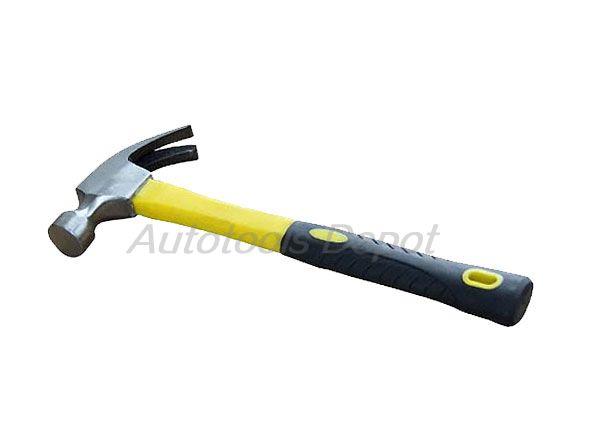
When using a hand hammer, you must pay attention to the connection between the hammer head and the hammer handle. If it is loose, you should immediately wedge it to tighten or replace the hammer handle. The length of the hammer handle must be moderate. Experience provides a more suitable length is the hand hammer. The length of the head and forearm is equal to the length of the hand hammer; the hand swing method can be used when a small impact force is required, and the arm swing method should be used when a strong impact force is required; pay attention to the arm swing method The arc of the hammer head, the handle of the hammer should not be contaminated by grease.
Pay attention to the following points when using a sledgehammer:
(1) The connection between the hammer head and the handle must be firm. When the hammer head and the handle are loose, they must not be used with cracks and cracks. The wedge of the hammer head and hammer handle in the installation hole is preferably a metal wedge. The length of the wedge should not be greater than 2/3 of the depth of the installation hole.
(2) In order to have a certain elasticity when hitting, the middle of the handle is slightly narrower than the end.
(3) When using a sledgehammer, attention must be paid to front, back, left and right, and up and down. It is strictly forbidden to stand in the range of the sledgehammer, and it is not allowed to hit each other with a sledgehammer.
(4) The hammer head is not allowed to be quenched, and cracks and burrs are not allowed, and flashing curls should be repaired in time.
(5) The claw hammer can be used for striking, hammering, and pulling nails, but it should not be used for hammering larger workpieces. When nailing a nail, the hammer head should be flat against the nail cap, so that the nail enters the wood vertically. When lifting the nail, it is advisable to pad a wooden block at the horn to enhance the pulling force. The claw hammer should not be used as a pry tool. Pay attention to hammer The flat surface is intact to prevent the nails from flying out or the hammer from slipping and hurting people.
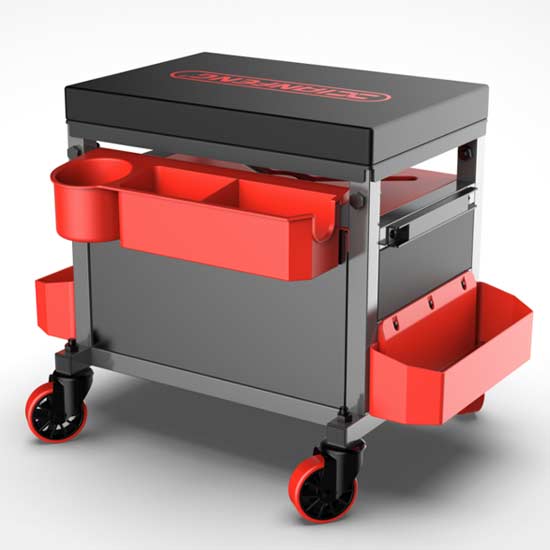 Tool seat
Tool seat
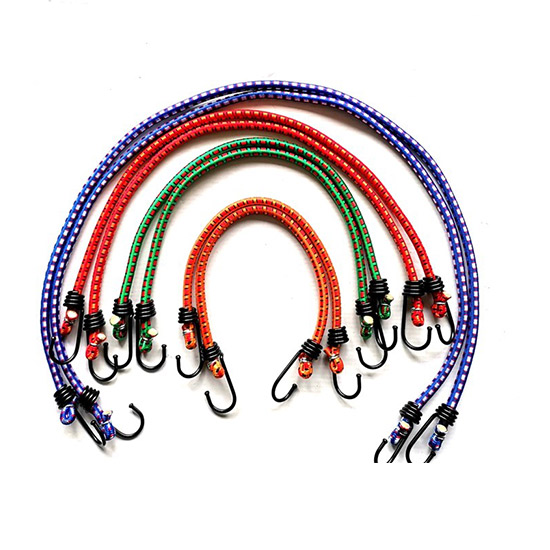 Stretch Cord
Stretch Cord
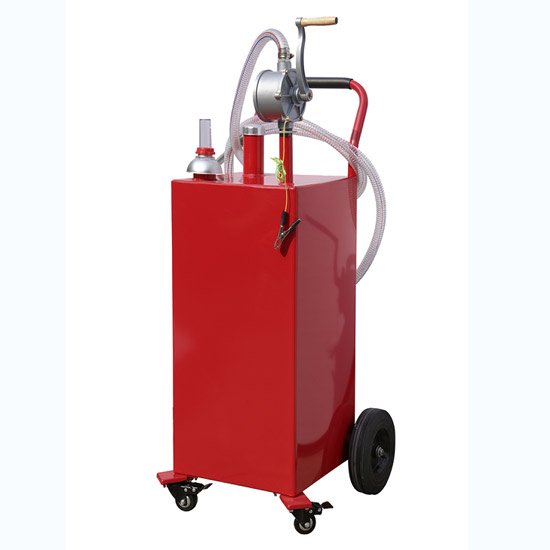 Oil Pump
Oil Pump
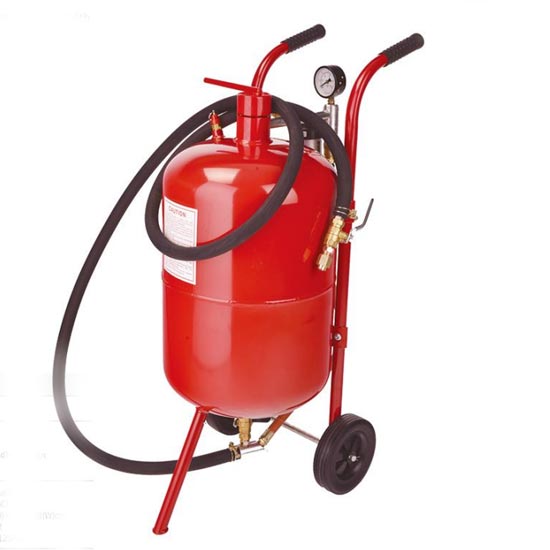 Sandblast Pot
Sandblast Pot
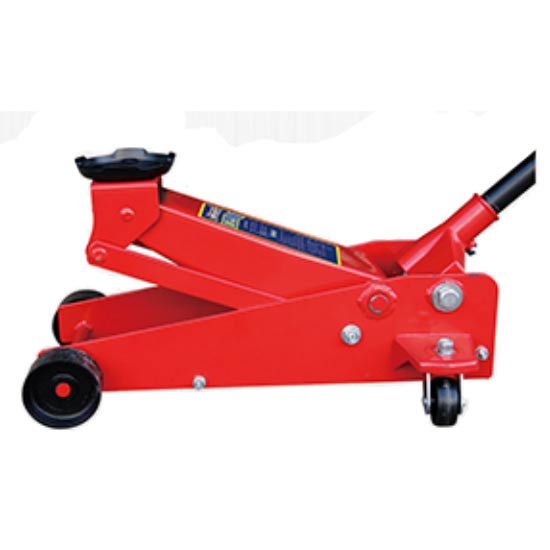 2.25 Ton Hydraulic Floor Jack
2.25 Ton Hydraulic Floor Jack
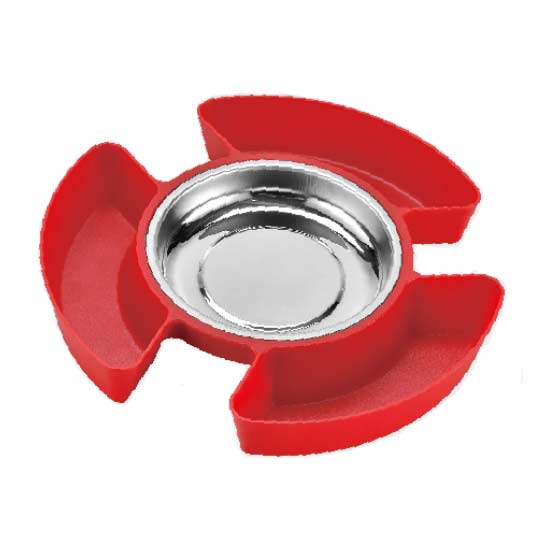 Magnetic Tray With Tool Plate
Magnetic Tray With Tool Plate
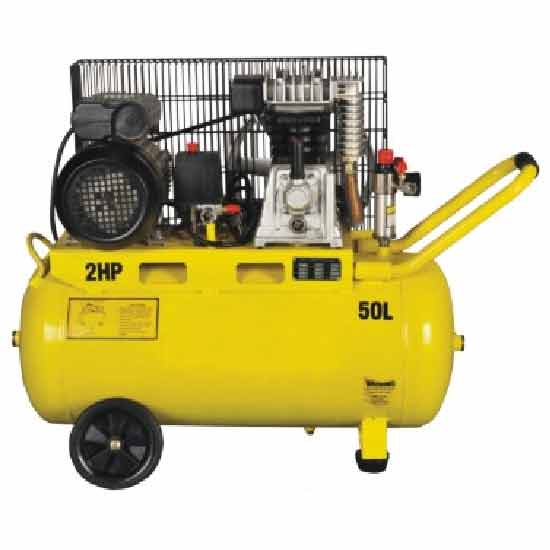 Single-stage Air-cool Movable Air Compressor
Single-stage Air-cool Movable Air Compressor
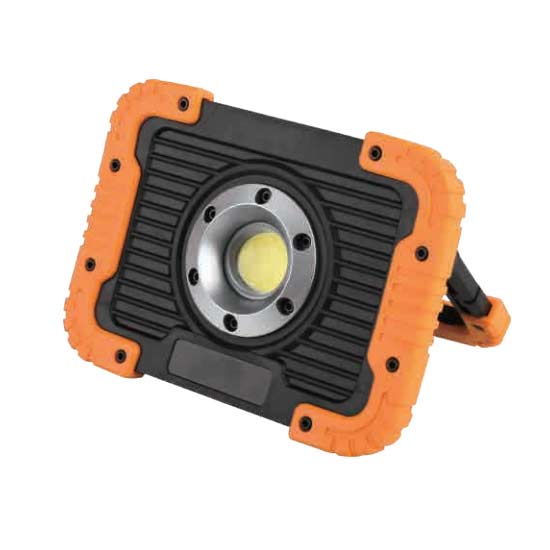 10W Rechargeable Led Flood Light
10W Rechargeable Led Flood Light
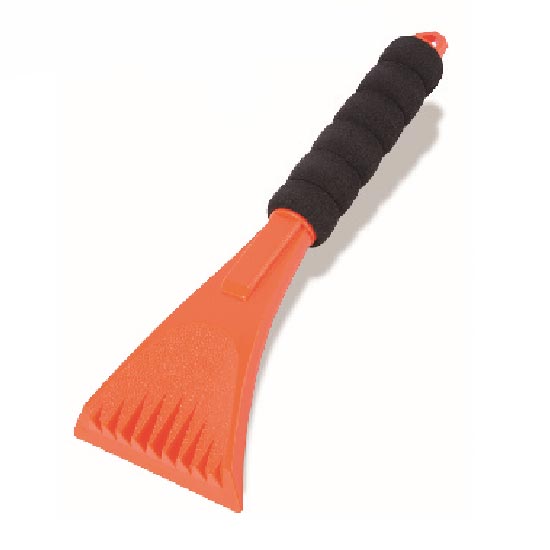 Ice Scraper
Ice Scraper
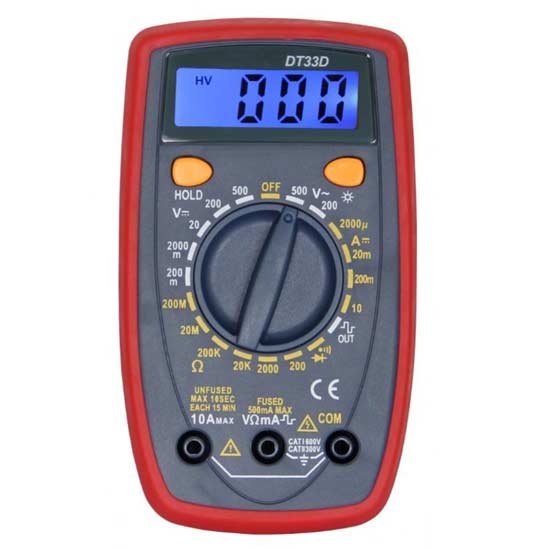 Small Multimeter with Backlight
Small Multimeter with Backlight
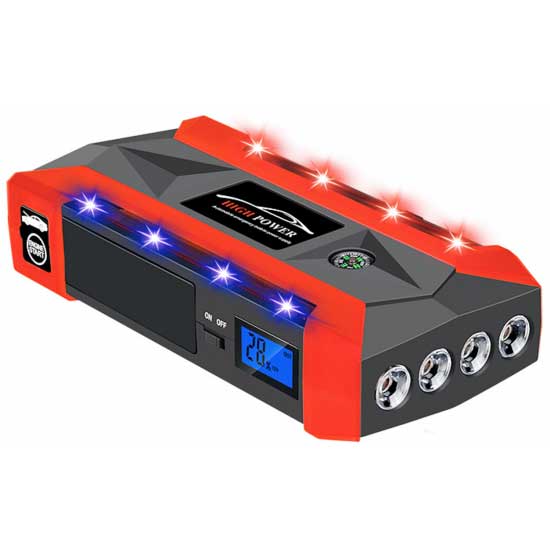 Jump Starter With 4 Led Lights
Jump Starter With 4 Led Lights
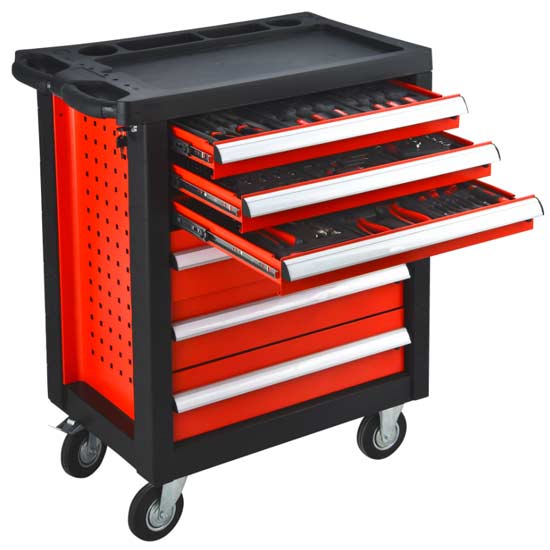 Steel Tool Cabinet
Steel Tool Cabinet
 Large Tool Cabinet
Large Tool Cabinet
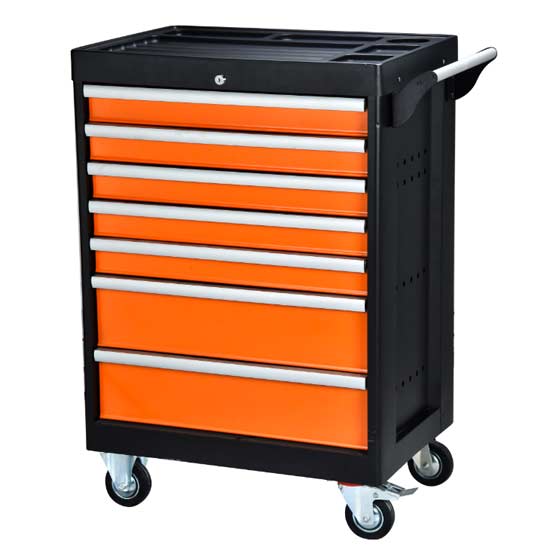 Tool Storage Cabinet
Tool Storage Cabinet
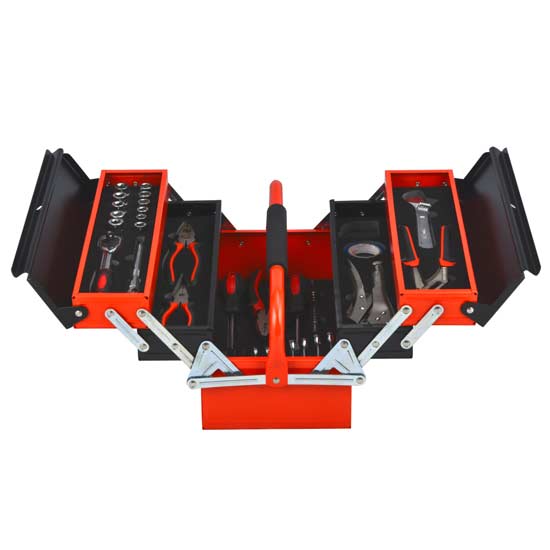 Metal Tool Box
Metal Tool Box
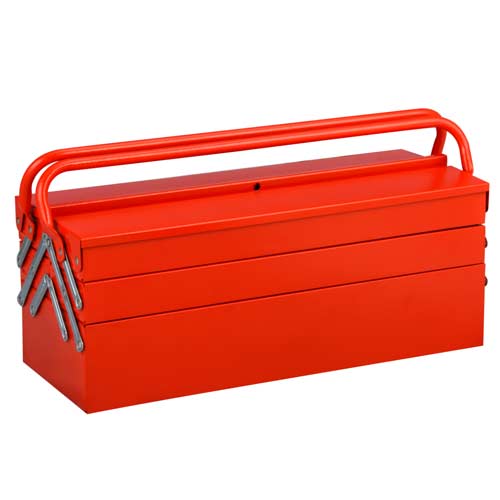 Large Metal Tool Storage Box
Large Metal Tool Storage Box
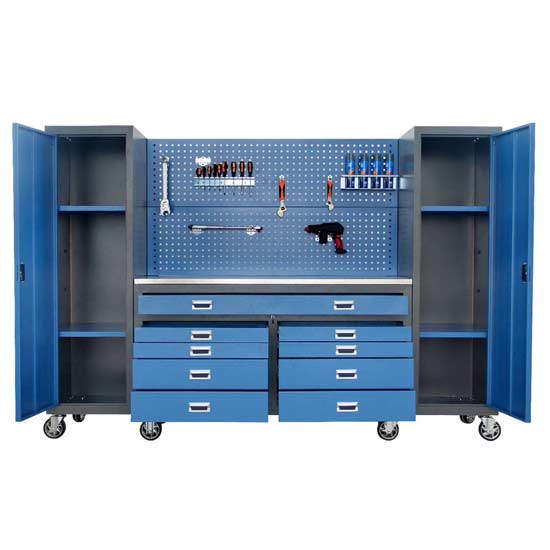 Blue Metal Tool Cabinet
Blue Metal Tool Cabinet
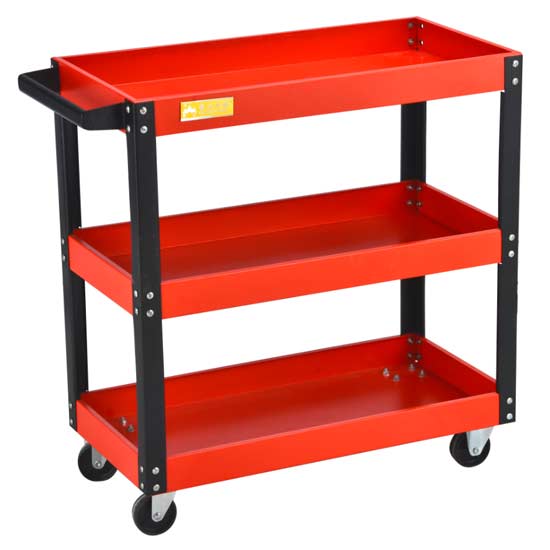 Red Steel Tool Trolley
Red Steel Tool Trolley
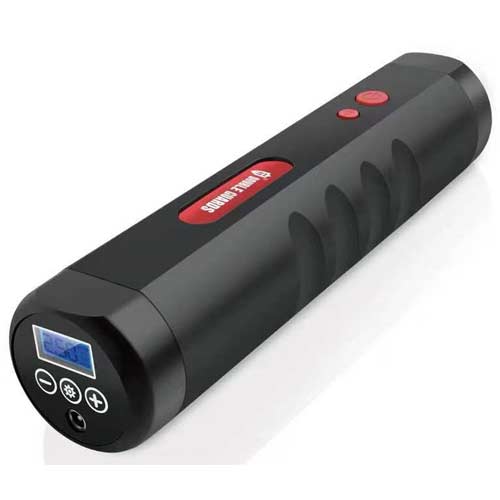 Portable Tire Inflator
Portable Tire Inflator
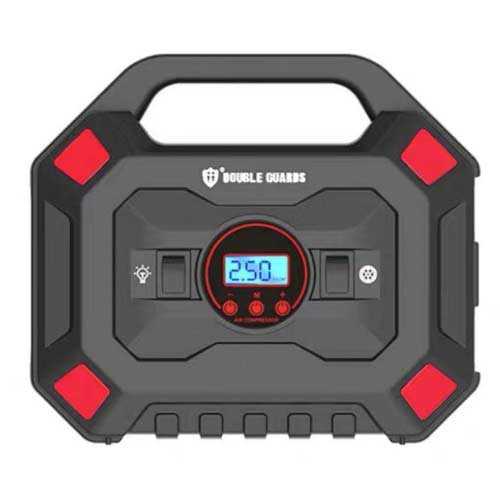 Custom Tire Inflator
Custom Tire Inflator
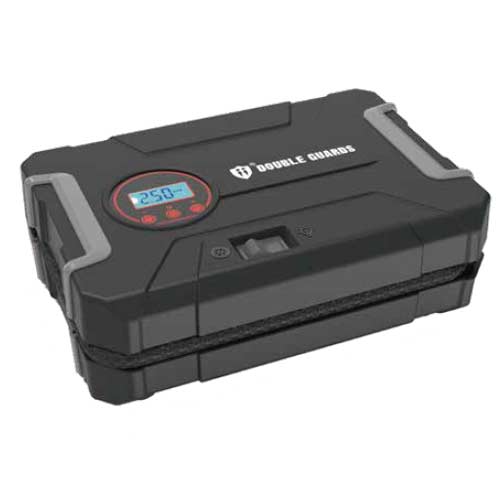 Tire Pressure Pump
Tire Pressure Pump
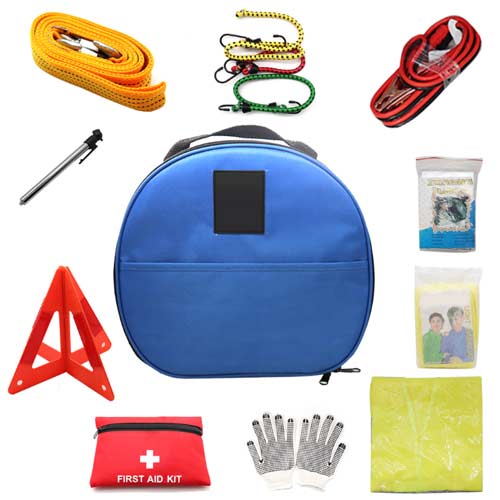 Auto Emergency kit
Auto Emergency kit